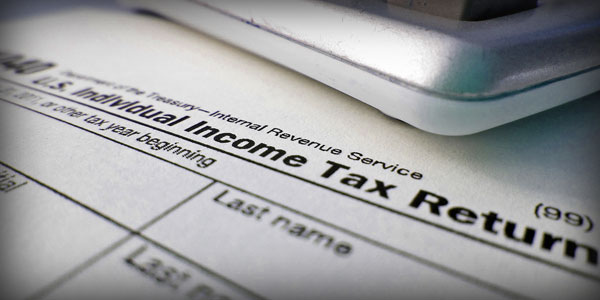Filing status is of great importance when it comes to filing your tax return. It is important to determine your filing status by checking out the requirements for filing. The right filing status will make sure you are paying the right amount of tax. So, it is crucial to choose the right filing status before you file your tax return.
You can file your tax return under any of the following statuses:
- Single
- Married Filing Jointly
- Married Filing Separately
- Head of Household
- Qualifying Widow/Widower
Single
Your filing status is determined by your status as of December 31. You should file as single, if on December 31:
- You are unmarried, or
- You do not qualify for any other filing status
You can use Form 1040EZ, if you have no dependents, are less than 65 years of age, not disabled, and are not using any special deductions or exemptions; otherwise you will use Form 1040 or Form 1040A to file as single.
Married Filing Jointly
You can file under this status if you are considered married and both you and your spouse agree to file tax return jointly. It will require both of you to report your combined income and exemptions and the allowable expenses. It must be signed by both of you.
Joint filing usually lowers your tax considerably, when compared to other statuses. It will also maximize your standard deduction and entitle you to tax benefits that are otherwise not available.
Under this status, both of you will be held jointly and individually responsible for any tax, interest, and penalties that are due on your return.. But, in some cases one spouse may be exempted from the joint responsibility for items of the other spouse that were included in the return.
Here are cases where you can expect to get relief from joint responsibility:
- Innocent Spouse Relief: you can file it with Form 8857
- Equitable relief.
If you file Married Filing Jointly you must use form 1040 or 1040A to file your tax return.
Married Filing Separately
This is another option for tax return filers who are married and want to keep their tax liability separate. You must file Married Filing Separately or Married Filing Jointly if the court has not issued a divorce decree or you are not a qualifying widow/widower.
As the name suggests, to file a separate return you are required to include only your own income, exemptions, and deductions in the return. If your spouse does not have any income and is depending on you, you cannot claim your spouse as a dependant.
The filing forms required for this status are same as those used for Married Filing Jointly.
If you use this status, you cannot:
- Take credit for child and dependent care expenses.
- Take the earned income credit, education credits, deduction for student loan interest, or the tuition and fees deduction.
- Take the exclusion or credit for adoption expenses.
- Exclude any interest income from the qualified US savings bonds that you used for higher education expenses.
- Claim credit for elderly or disabled and rollover the amounts from an eligible retirement plan (other than Roth IRA) if you lived with your spouse any time during the tax year.
Therefore, it is advised that both you and your spouse compare your tax situation and decide whether Married Filing Jointly or Married Filing Separately is better for you.
Head of Household
You can file your tax return using this status if:
- You are unmarried or considered unmarried on the last day of the year.
- You paid more than half the cost of maintaining your household for a year.
- If a dependent person lived with you for than half the year. But if the dependent person is your dependent parent or a college student then he/she does not have to live with you.
To file under this status, you can use either Form 1040A or Form 1040. With this status, you will be entitled to higher standard deduction.
What is Head of Household status?
You will be considered the Head of Household if:
- You are unmarried (i.e. divorced or no longer qualify as a qualifying widow/widower)
- You file a separate return
- You paid more than half the cost of keeping up the household
- Your spouse did not live in your home for 6 months prior to filing.
- Your home was the main home of your child, stepchild or foster-child for than half of the tax year.
- You must be able to claim an exemption for your child.
However, if you lived in a community property state and were considered married for some part of the year, then special rules will determine your income and expenses.
Qualifying Widow/Widower
You will be eligible to use this filing status only if you meet all the following criteria:
- You were entitled to file a joint return with your spouse for the year your spouse died. It does not matter whether you actually filed a joint return.
- You did not remarry within 2 years of your spouse's death.
- You have a child or step child (but not foster child) for whom you can claim an exemption.
- Your child/step-child lived in your home all year, the child was born, or died during the tax year, and your home was the child's main home during the entire span of time he/she was alive.
- You paid more than half the cost of maintaining your household for the year in question.
You can use Form 1040A or Form 1040 to file your tax return under "Qualifying Widow/Widower" status.













